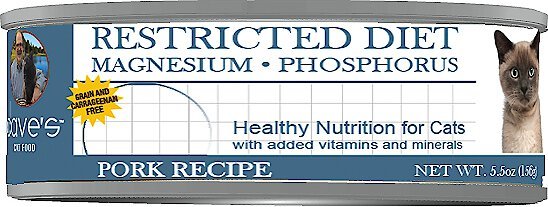Ware Manufacturing Small Animal Hay Rack – 118881299
This Ware Manufacturing Hay Rack Small Animal Feeder is a healthy way to supply hay to your pet. Our all-metal powder coated Hay Rack easily hangs on any cage. This chinchilla, ferret, guinea pig and rabbit hay feeder reduces food waste and helps keep the cage clean. Available in a variety of colors.
This Ware Manufacturing Hay Rack Small Animal Feeder is a healthy way to supply hay to your pet. Our all-metal powder coated Hay Rack easily hangs on any cage. This chinchilla, ferret, guinea pig and rabbit hay feeder reduces food waste and helps keep the cage clean. Available in a variety of colors.
- All-metal, powder-coated small animal feeder comes fully assembled
- Easily attaches to the outside of any wire cage
- Construction is durable and chew-proof
- Keeps food off cage floor, minimizing waste and keeping the cage cleaner
- Chinchilla, ferret, guinea pig and rabbit hay feeder
Additional information
| Animal Compatibility | Chinchillas, Rabbits, Ferrets, Guinea Pigs |
|---|---|
| Finish | Powder-Coated |
| Mounting Type | Hanging |
| Primary Color | Purple |
| Primary Material | Metal |
| Product Height | 6.25 in. |
| Product Length | 4.75 in. |
| Product Width | 9.25 in. |
| Manufacturer Part Number | 714 |












by Amanda
Nice size for rabbit or guinea pigs. Attaches to the cage well and allows me to add hay from the outside of the cage instead of dragging it through the inside.
by Bunny
Works great with my bunny… I used cable ties to secure it better with my wild zoomie bunny
by Ben
Good hay feeder. I gave it four stars instead of five because of the little cage tabs at the bottom of the feeder. They are very thin strips of metal used to attach the bottom of the feeder to a cage. The problem is that they’re so thin, they easily break off. It’s still usable if that happens, but a little hay can fall out. I’d still recommend it.
by Karen
These work well for hay but are pricey for what you get.